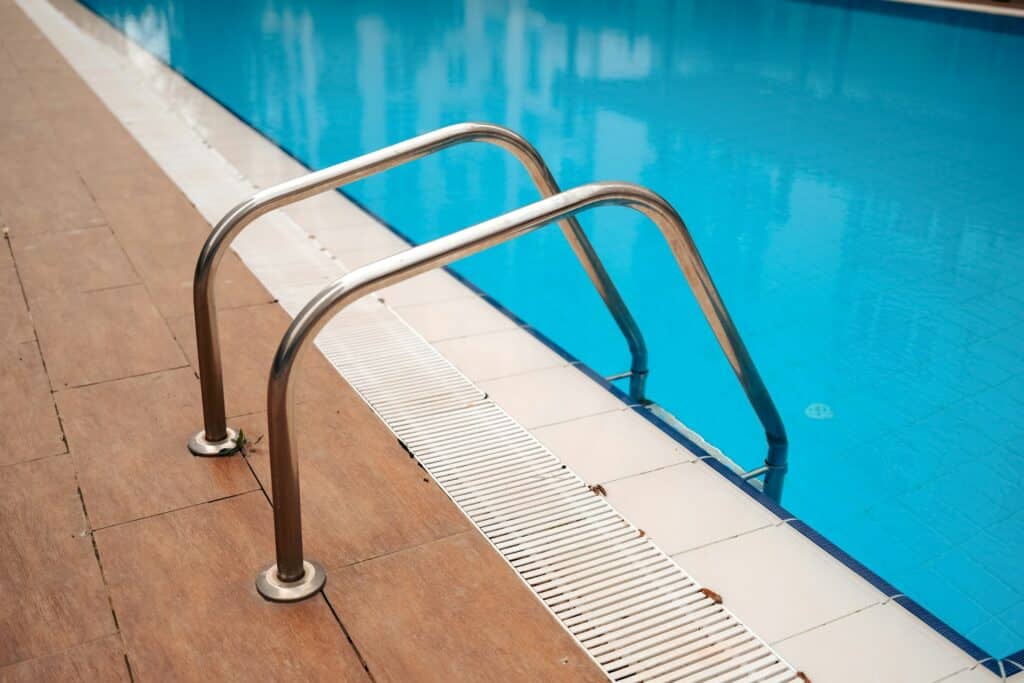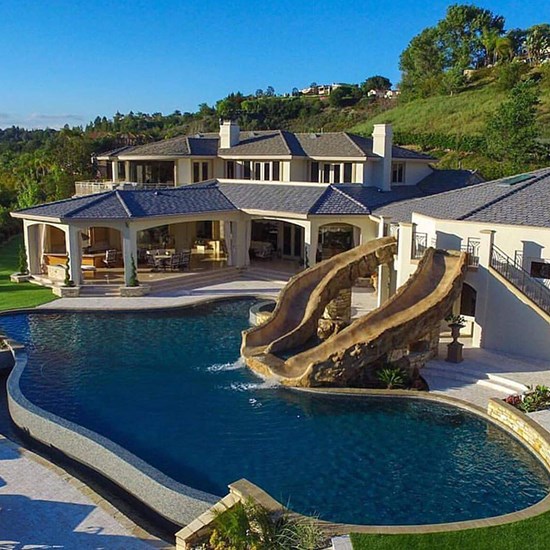
Installing a swimming pool in your backyard is an exciting project that adds both enjoyment and value to your home. When I decided to take this plunge, I quickly realized that understanding the process from start to finish was crucial. From the initial planning stages to the final touches on landscaping, each step plays a vital role in ensuring the successful completion of your pool.
One of the first things I learned was that thorough planning and design are foundational. It’s essential to have a clear vision of what you want and work closely with professionals to bring that vision to life. But planning is just the beginning. The actual construction process, which includes excavation, installation, and structural work, requires careful coordination and attention to detail.
As the pool starts to take shape, the final steps involve adding those unique finishing touches that make your pool area complete. This includes everything from installing lighting and decking to choosing the right plants for landscaping. The end result is not just a functional pool but a beautiful and relaxing outdoor space for family and friends to enjoy.
Let’s dive into the step-by-step guide to the swimming pool installation process, starting with planning and design.
Planning and Design
The first step in the swimming pool installation process is planning and design. This phase is crucial because it sets the foundation for the entire project. When I started planning my pool, I knew I wanted something that would not only fit aesthetically into my backyard but also meet my family’s needs. I sat down with a pool designer to discuss various options, from shapes and sizes to the type of materials we could use. We explored different features like a shallow lounging area, a diving board, and even underwater lighting.
During the design phase, it’s essential to consider local regulations and permits. I discovered that obtaining the necessary permits and ensuring the design met all safety standards was a critical part of the process. The designer helped me navigate these requirements, making sure that our plans were compliant with local laws. This careful planning helped avoid any potential issues down the line, ensuring a smoother construction process.
Excavation and Site Preparation
Once the design was finalized, the next step was excavation and site preparation. This stage involves a lot of heavy machinery and skilled operators. When the excavation team arrived, they marked out the exact dimensions of the pool on the ground. Watching the digger break ground was an exciting moment, as it made the project feel real. The excavation process involves removing soil to create a hole that matches the planned depth and shape of the pool.
Proper site preparation is essential for the stability and longevity of the pool. After the hole was dug, the team focused on leveling the ground and ensuring proper drainage. This step is vital to prevent water from accumulating around the pool, which can cause damage over time. The crew also installed a sub-base of gravel to provide a stable foundation. These preparations ensure that the pool structure will be secure and the surrounding area will be safe and well-drained.
Pool Installation and Structural Work
After the site is prepared, the next critical phase is pool installation and structural work. This involves placing the pool framework, whether it’s a pre-fabricated fiberglass shell or forming and pouring concrete for a custom design. Watching the structure come together was fascinating. For my pool, we opted for a concrete design, so the crew first installed steel rebar to reinforce the structure, ensuring long-term durability.
Once the rebar framework was in place, the next step was to pour the concrete. This requires precision to get the shape and depth exactly as planned. The concrete had to cure for several days to reach full strength. During this time, the plumbing and electrical systems were also installed. This included setting up water circulation, filtration systems, and any lighting or water features we wanted. Ensuring these systems were correctly installed was crucial for the functionality and safety of the pool.
Finishing Touches and Landscaping
With the pool structure complete, the final phase involves adding the finishing touches and landscaping. This is where the project truly comes to life. First, the interior surfaces of the pool are finished with a smooth coating, whether it’s plaster, tile, or an aggregate finish like pebble. We chose a beautiful blue tile that not only looks stunning but also feels comfortable underfoot. The pool was then filled with water, and the filtration and heating systems were tested to ensure everything worked perfectly.
The surrounding area was then landscaped to create a serene and inviting environment. This included installing pool decking, choosing plantings, and adding outdoor furniture. I opted for a combination of travertine pavers and lush, tropical plants to create a relaxing oasis. Adding features like a gazebo or outdoor kitchen can also enhance the space, making it perfect for entertaining. These final touches transformed our yard into a beautiful retreat that we can enjoy year-round.
Conclusion
Installing a swimming pool is a significant project that requires careful planning, detailed execution, and thoughtful finishing touches. Each step, from design and excavation to structural work and landscaping, plays a vital role in creating a pool that is both functional and visually appealing. Going through this process taught me the importance of working with experienced professionals who can guide you through each phase and ensure the highest quality standards are met.
At Majestic Pools, custom pool builders, we specialize in turning backyard dreams into reality. If you’re ready to start your pool project or need expert advice on transforming your outdoor space, contact Majestic Pools today. Let us help you design and build the perfect pool that meets all your needs and exceeds your expectations.

